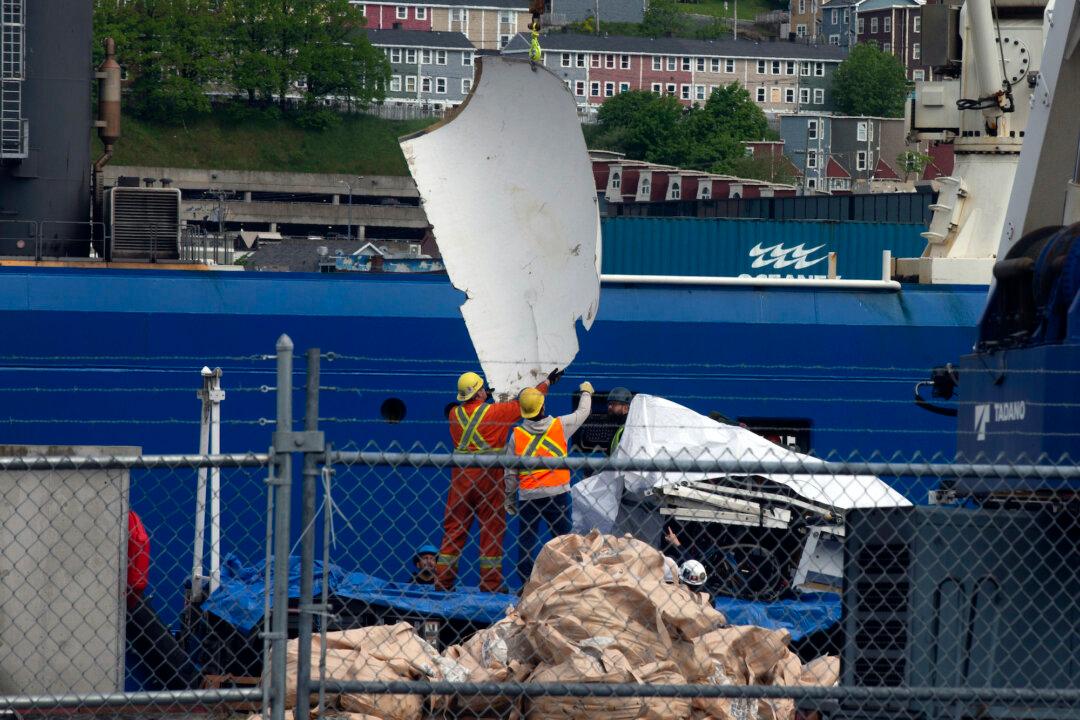The U.S. Coast Guard (USCG) announced on Wednesday that debris and “presumed human remains” have been successfully retrieved from the seafloor at the location where officials say the OceanGate submersible imploded while en route to the Titanic wreckage last week.
In a statement released on Wednesday, the USCG confirmed, “United States medical professionals will conduct a formal analysis of presumed human remains that have been carefully recovered within the wreckage at the site of the incident.”





